On July 16 2022, Olympic athlete Mo Farah revealed that he had been a child victim of modern slavery – brought to England from Somaliland and made to work for the family who trafficked him. In a revealing documentary, Mo explained that after some time being exploited, he was eventually able to break free from the situation and was looked after by a new family.
His story is shocking and reflects the reality of Modern Slavery, both in Britain and around the world. An innocent child victim, tricked by an adult, taken away from family and friends through deceit, forced to work and stay quiet, given enough food to survive. Eventually he bravely reaches out to a teacher who helps organise his rescue. Once free, he is able to forge a new life, charmed because of his amazing talent discovered through athletics, and with a lot of hard work and determination, against all odds, becomes an Olympic champion and hero of London 2012.
The horror of his experience is undeniable and an already very likeable star, has become even more admirable, not only for what he went through, but for the courage with which he shared what really happened to him – now a part of Great Britain’s story.
For many millions of workers employed in global supply chains, and those in domestic servitude, their story of modern slavery and its links to poverty, inequality, and discrimination is seldom told.
Modern slavery has become one of the defining business and human rights issues of the last 10 years, but is it being effectively addressed in reality?
The expression “modern slavery” has always been a double-edged sword. It can help galvanise opinion against the crime and governments around the world have rushed to produce all sorts of legislation to require transparency, compelling others – usually companies and employers – to address “this evil” and its “perpetrators.” But such language is targeted at others, rarely at their own conduct. In many instances, the ostensibly affirming rationale of modern slavery – liberating people trafficked against their will – is used to conceal a darker objective, of keeping border walls high, making it harder for the poor to immigrate, and in many instances, in response to alarmist populism of racist or xenophobic political forces.
Businesses in turn have faced scrutiny, and rightly so. No company that believes in the rule of law wants to be associated with modern slavery. Customers and investors want to believe that a company is doing its utmost to prevent it. A raft of initiatives across many sectors are in place to prevent exploitation. The trouble is that the idea many have of what modern slavery looks like seldom matches the reality. If we spend our time looking for the slavery narrative of popular imagination we will not see what is really there, or more importantly, what is not there. One must also acknowledge that some businesses see the benefit from employing workers without rights who are paid low wages, who will not complain because were they to do so, they would be deported. Their support for open borders has less to do with helping workers than boosting their bottom-line.
What is missing for too many workers around the world is the codification and enforcement of their labour rights. Rights that are meaningful, realisable, and enforceable. Rights that businesses respect, which are enshrined in legislation, and secured through effective enforcement of the law, including prosecution where appropriate. Instead, what we see are situations where low wage workers face a poor set of options and the stark reality that every course of action, to find employment, perhaps as a construction worker in the Gulf, a domestic worker in Singapore, a factory worker in Malaysia, will involve a degree of exploitation. Poverty-level wages and wage theft, poor or dangerous working conditions, sexual harassment and violence, payment of recruitment fees to secure employment abroad, are just some of the challenges many will face. The reality is that whilst the worst manifestations of abuse are the ones that may make headlines modern slavery is a continuum and more commonly includes being subject to a wider range of low-level exploitations. If we are to tackle modern slavery, we need to have a much clearer idea of what we are talking about.
The trouble is that the idea many have of what modern slavery looks like seldom matches the reality. If we spend our time looking for the slavery narrative of popular imagination we will not see what is really there...One must also acknowledge that some businesses see the benefit from employing workers without rights who are paid low wages, who will not complain because were they to do so, they would be deported. Their support for open borders has less to do with helping workers than boosting their bottom-line.
As one example, in IHRB’s work around responsible recruitment, we have often spoken to companies in the hotel sector. If you mention modern slavery to these hotels, they will immediately tell you about the work they have undertaken to prevent sex trafficking, how many of their staff have undergone training, and so on. All of this is commendable and necessary. But is it sufficient? When we ask how their security staff gets recruited, or how do piece-work rates impact their cleaners, or how workers from outsourced agencies in their kitchens are paid for overtime work, the answers are far from satisfactory. It seems that many companies are more comfortable dealing with external threats (sex trafficking) to their reputation than addressing exploitation internally, created by operational policies that fail to respect labour rights or provide work with dignity.
Over many years, business models have evolved predicated on degrees of exploitation. It is difficult to break entrenched and embedded systems. In some countries, the rule of law is not sufficient to protect workers or law-abiding businesses seeking to do the right thing. In many supply chains, lack of trade union representation means workers have few champions. To truly tackle modern slavery, we need to remember that it is seldom found if you only look at the extreme end of the spectrum. But less egregious indicators can often be found with worrying regularity if you are looking for the right things. Addressing them will require constant due diligence, realigning operational policies, and purchasing practices to respect rights, effective grievance mechanisms for workers and advocacy to secure effective government oversight to protect both workers and law-abiding business.
Mo’s story is remarkable, and he is Britain’s national treasure and a champion for the world. We celebrate his courage on the field and now, off the field. His story reminds us of the many others with potential that were never realised – whose stories are less remarkable, but are equally worthy of a better life. They should be a constant reminder that we haven’t even begun to run the race to protect their dignity and rights.

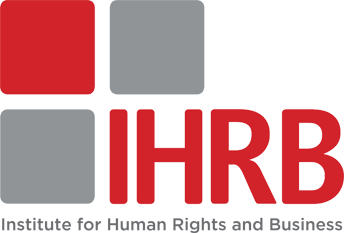
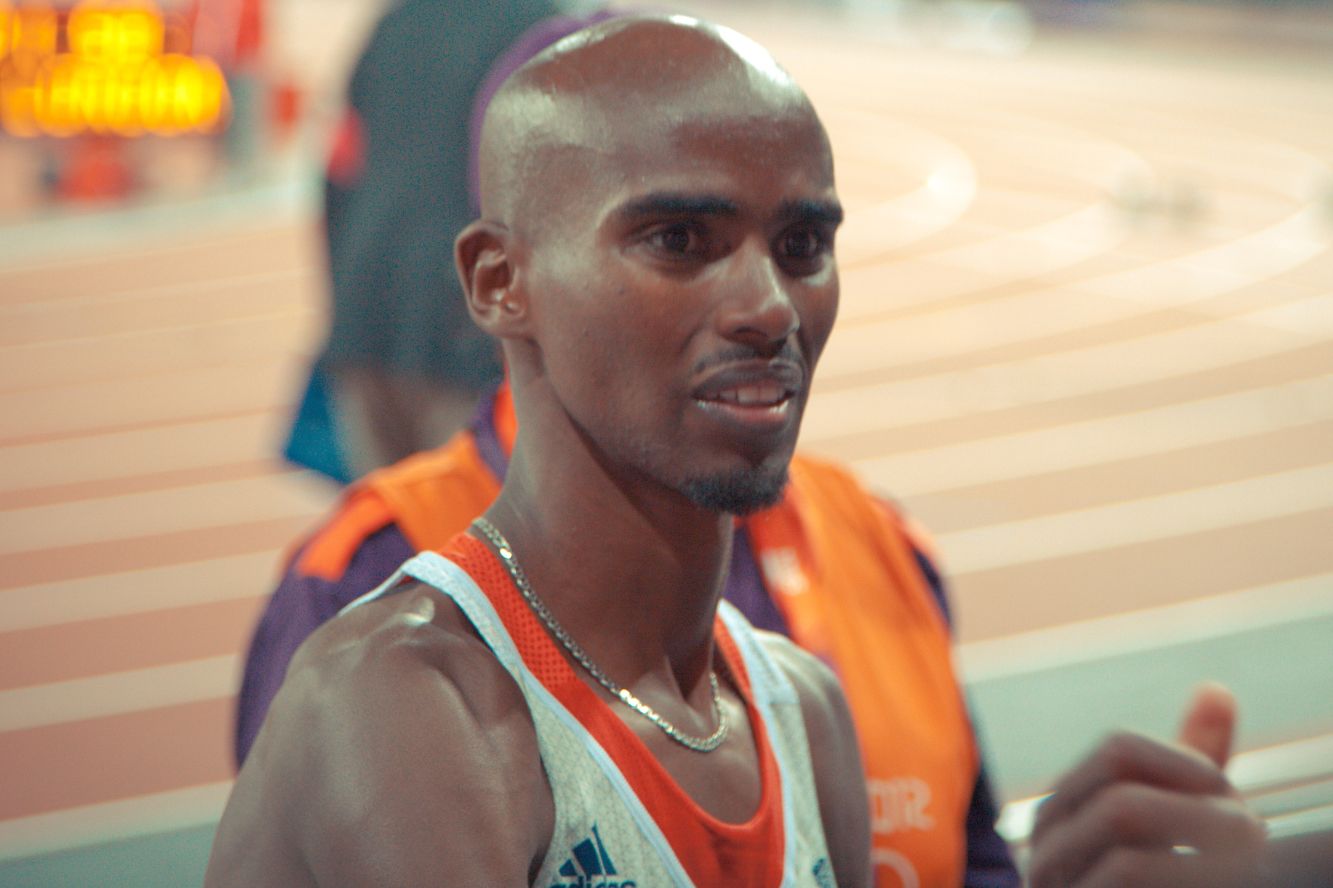
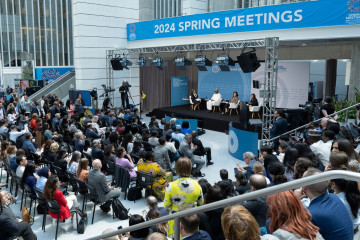
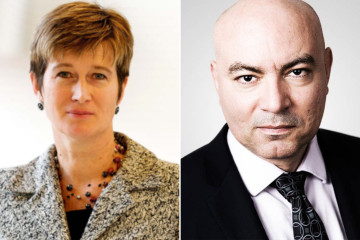
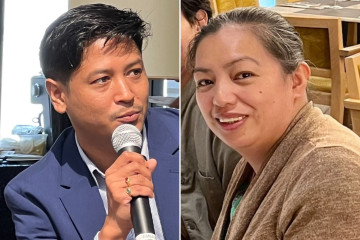
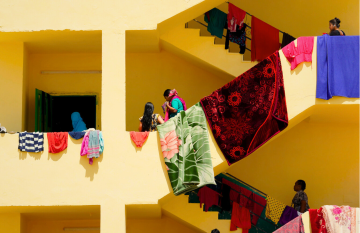
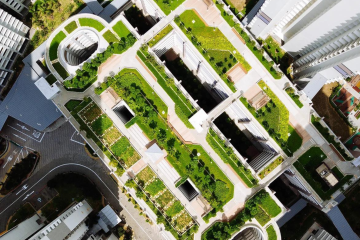
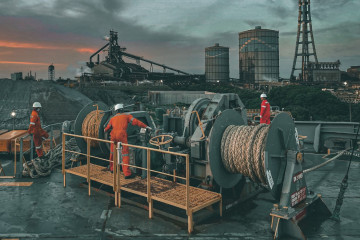
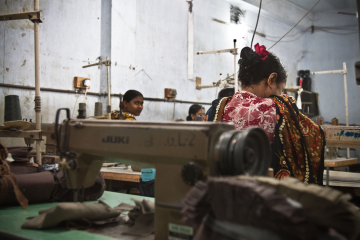
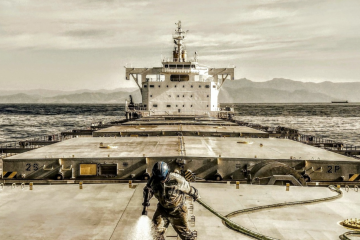
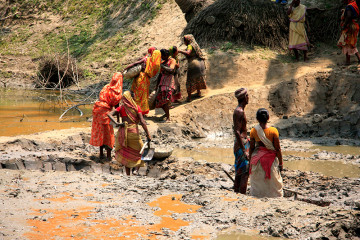
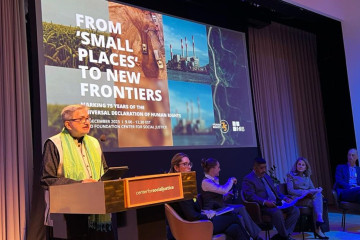
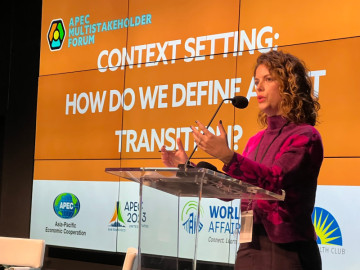
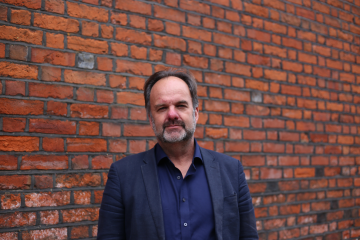
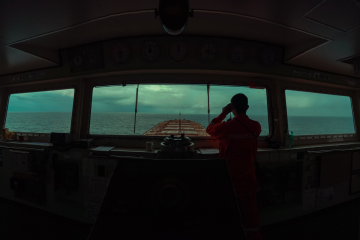
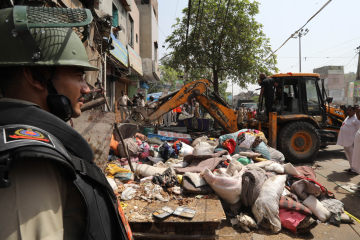
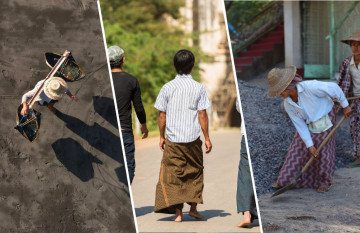
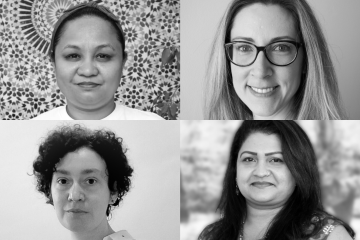
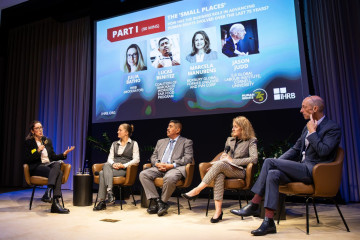

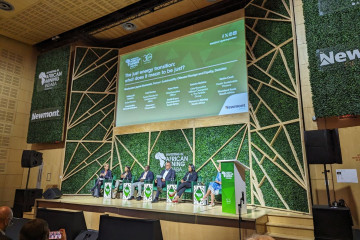
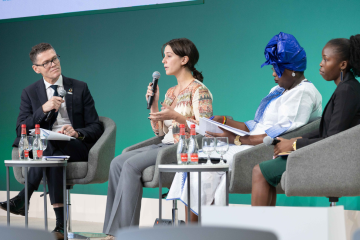
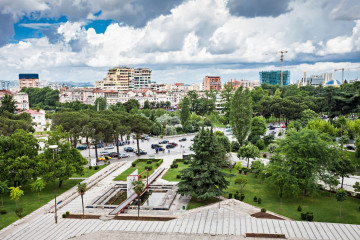
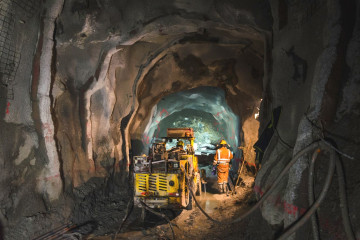

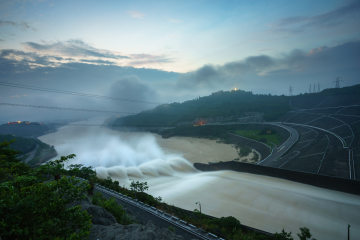

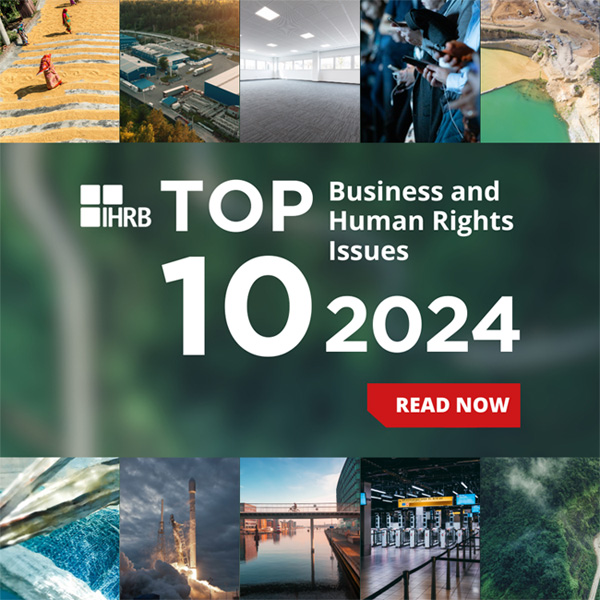
The perception of ‘value’ needs to change if the World Bank’s mission is to succeed
Last week we attended the Spring Meetings of the World Bank and International Monetary Fund (IMF) in Washington, D.C. The annual IMF-World Bank meetings bring together finance ministers and central bankers from all regions as a platform for official...
26 April 2024 | Commentary
Commentary by Vasuki Shastry, Author, ESG/Strategic Communications Expert; International Advisory Council, IHRB Haley St. Dennis, Head of Just Transitions, IHRB